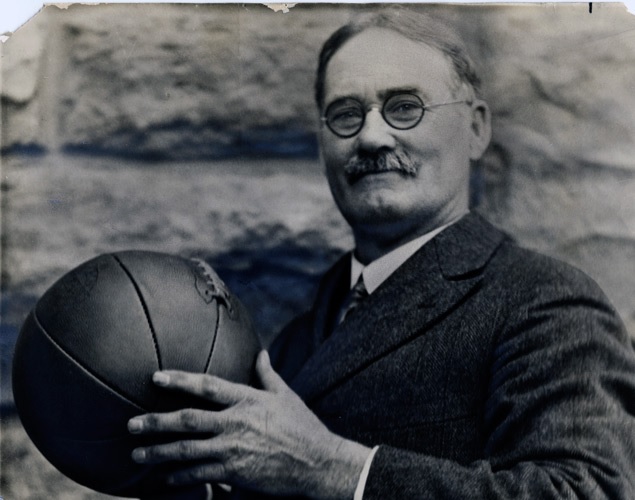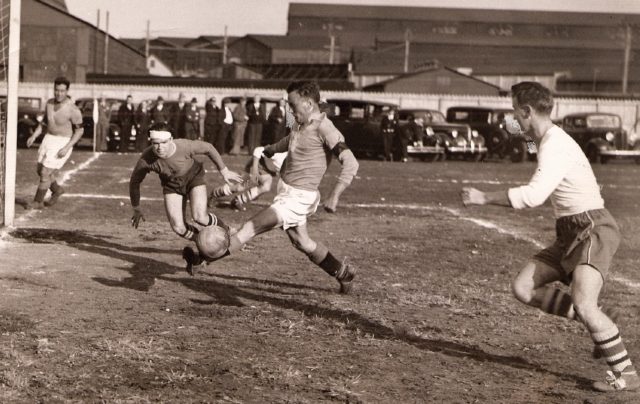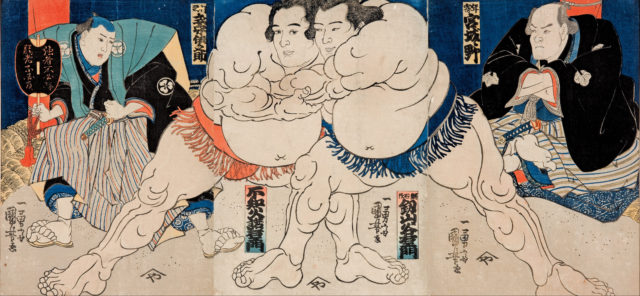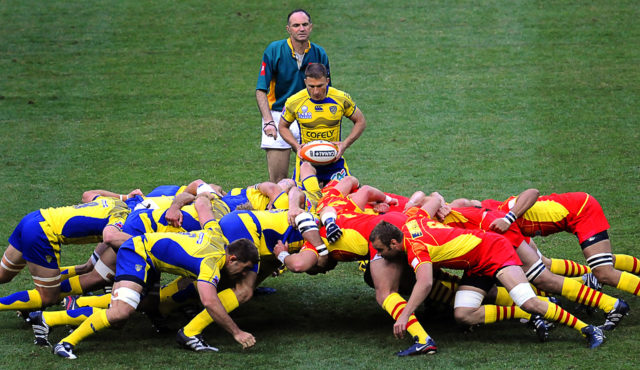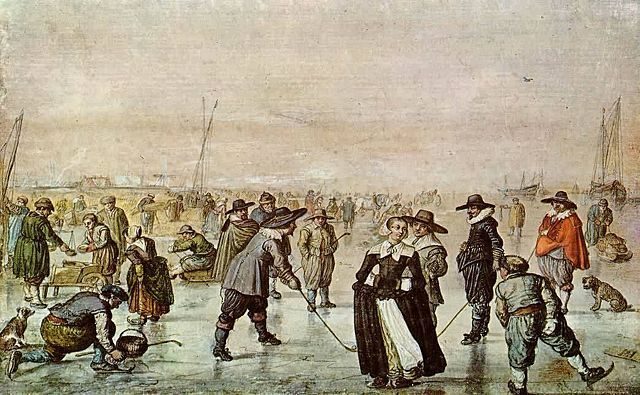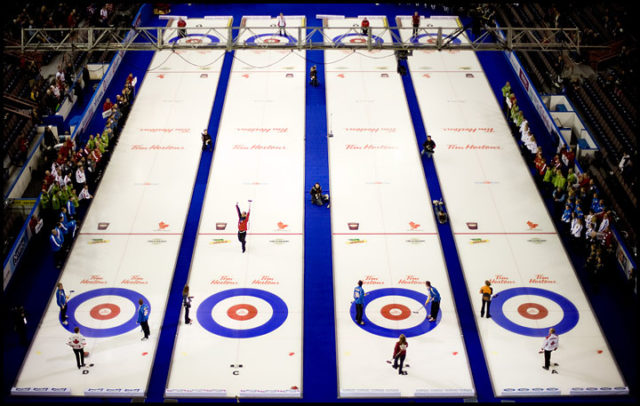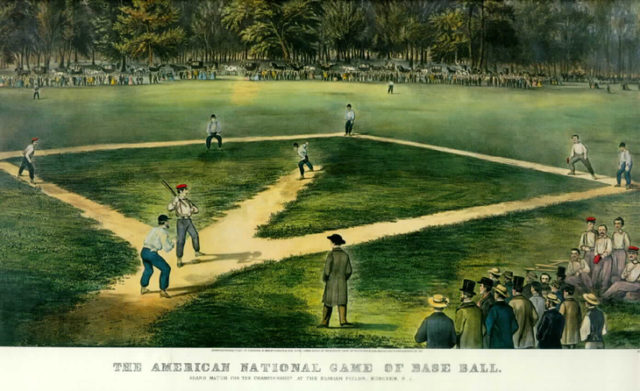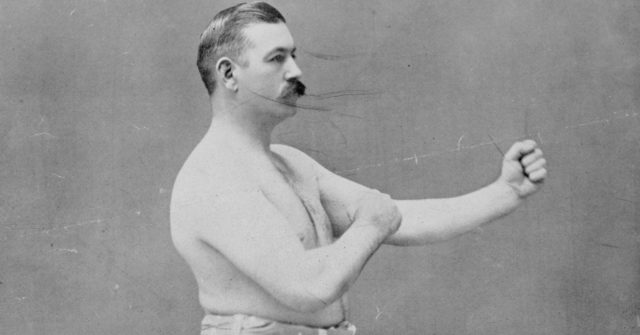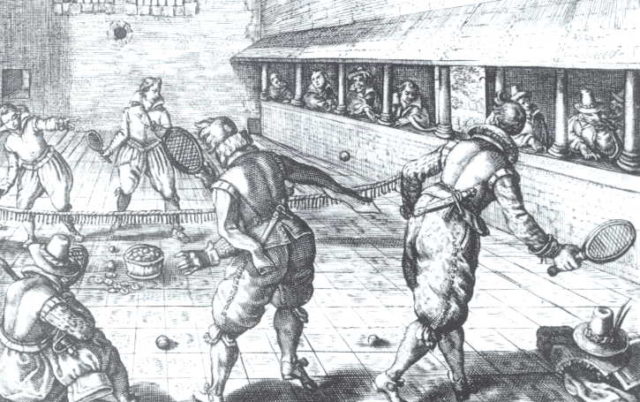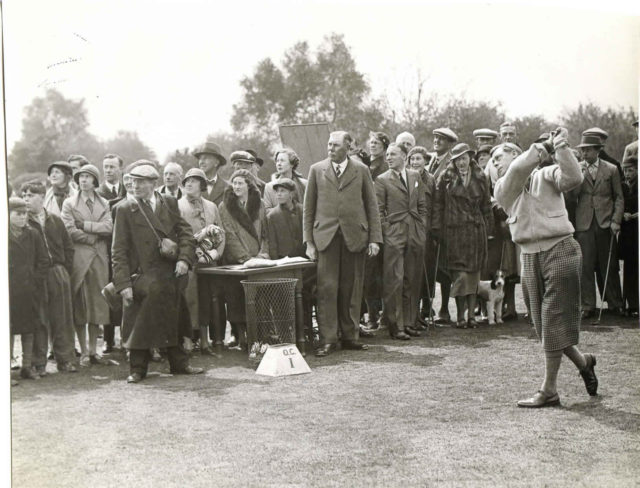Sports make us fit, fight stress and give us an overall feeling of well-being. We play sports because they’re fun, and because our brains tell us to! Scientists have found that sports help our minds cope with future conflicts and unforeseen circumstances, as well as develop our social skills. That’s why both kids and young animals engage in so much playtime.
Modern sports have strict rules and regulations, and they’ve become a multimillion dollar enterprise for grownups, but at heart they’re still an adult version of goofing around. People have been tossing balls around for centuries, and today we’ll learn how these activities went from simple child’s play to national pastimes.
10. Basketball
Basketball came into being as a necessity, rather than by evolving from an existing game. The inventor, Dr. James Naismith, had to come up with an indoor sport capable of replacing the outdoor activities at the YMCA Training School in 1891, and he had to do it in a hurry. Being a sports coach and having a great interest in physical activities and athletic psychology, Dr. Naismith drew inspiration from his childhood memories and came up with a sport that requires the accuracy and dexterity of football or lacrosse but can be played on a small indoor court.
Basketball had 13 rules and looked quite different back then. Players weren’t allowed to dribble or run with the ball in any way, while the actual baskets had bottoms and were made out of wood. It instantly caught on around the country, and Dr. Naismith was able to see his creation become part of the 1936 Olympic Games in Berlin.
9. Soccer / Football
Here’s a subject of endless debate! Why do Americans call it soccer while most of the world knows it as football? First, Americans already had a sport called football, and second, because of the British. Up until the 19th century, before strict rules and regulations were imposed, people were playing all sorts of games involving a ball, and almost all of them were called football.
Then, in 1863, the Football Association was established and a standardized form of the game was created. The term “soccer” derives from the word “association,” plus the suffix “-er.” Association football, or soccer for short, was the official name of the sport until it became more popular with the British lower class and changed its name back to football.
Its true beginnings are shrouded in mystery, as people all across the globe were playing a variation of the game in one form or another. Evidence can be traced back as far as 1000 BC, but in Europe the Celts were the first to introduce it. Over the centuries the game was banned by several English rulers, including Edward II, Edward IV and Oliver Cromwell, for being a catalyst of “evil behavior.”
That sounds absurd, but football back then was very different, and much more violent, from what it is today. Teams made of entire towns and villages competed to bring an inflatable pig’s bladder to markers within a town’s square by any means possible. Any means.
8. Sumo
The popular Japanese national sport of sumo can trace its roots back 2000 years. It began more as a ceremony than a sport, a form of celebration to appease the gods and generate a good rice harvest. Its strong ties with the Shinto religion filled sumo with symbols and rituals that usually go unnoticed by the average Western viewer.
These rituals include stomping the feet right before the beginning of the match in order to fend off evil spirits, and salt being thrown by the wrestlers to purify the ring and prevent injury. The canopy over the arena resembles the roof of a Shinto temple, while the four tassels hanging at each corner represent the four seasons (green is spring, red is summer, white is autumn and black is winter).
By the coming of the Nara and Heian periods (794-1192 AD) in Japan, sumo began to be performed at the imperial court in front of the Emperor. During the Edo period (1603-1868), the sport began to evolve to resemble present day sumo. That’s when the official 48 wrestling moves were established and the circle ring was introduced. It’s also the time when sumo went from being a ceremony to an organized and professional championship.
7. Rugby
The historical origins of rugby are very similar to that of soccer. However, sources indicate that the Chinese were playing a similar type of sport almost 2000 years ago, and so did the Greeks and Romans. But the year when rugby branched off from other football-like pastimes in Britain and became a separate sport was 1823. That’s when a young school boy named William Webb Ellis, studying in the town of Rugby, England, first picked up the ball in his hands and started running with it. This only became a written rule years later, in 1845. By 1871, the Rugby Football Union (RFU) was created and rules were made standard nationwide. The modern RFU named their rugby world cup the William Webb Ellis Trophy, in memory of the game’s “discoverer.” The American version of football has its origins in a combination of both rugby and soccer.
6. Hockey
Nothing screams Canada more than hockey, but historical evidence dating back to the 1600s shows Dutch people playing a sort of golf-like sport on ice. In the Americas, northern Indians were engaging in an activity similar to present day lacrosse, but on frozen ponds and lakes.
Hockey isn’t the invention of a sole individual or a small group of people, but rather an accumulation of local pastimes from both the Old World and the New. Hockey as we know it originated in Canada — in Nova Scotia to be exact, in the small town of Windsor around 1800. Kids had modified the game of hurling (a cross between soccer, baseball and lacrosse) and made it playable on ice.
Soldiers stationed in Windsor liked the game and took it with them to Halifax, and from there it spread throughout the entire country. By 1875, ice hurley became known as ice hockey and was exhibited in Montreal on March 3rd. Two years later, firm rules were put in place. Many people acclaimed the new sport, while others were appalled by its violence.
5. Curling
Curling is also known as the Roaring Game, not because of its fans or pace but because of the noise made by the 44 pound stone sliding on the ice. Obviously, curling has its origins in the northern hemisphere, mainly Scotland. The earliest stones discovered date back to 1511 around the towns of Stirling and Perth. Parish ministers from 18th century Scotland make mention of curling as one of the most anticipated and respected pastimes amongst themselves and their parishes.
Around 1830, curling arrived in the United States and spread like wildfire from Michigan to Wisconsin, Minnesota and North Dakota. Today over one million people curl, and 90% of them live in Canada.
4. Baseball
If we could trace back baseball’s origins to whenever the first round-ish object was thrown by one man and hit with a club by another, we would go back as far as the dawn of mankind. Evidence of a specific game played with bats and balls can be found in ancient Egypt, dating back more than 2000 years. A more recent ancestry of the sport can be found in Europe, from where it most certainly immigrated to the United States.
Baseball bears a significant resemblance to English pastimes such as rounders and cricket. We also know of a similar game played by French monks around the 1330s, and the sport of oina played in Romania. And in the United States, similar games like town ball, stool ball and old cat are known to have been enjoyed by children as early as the 1700s.
The first ever mention of baseball in an official document was found in a dusty courthouse archive in Massachusetts. It’s from the small town of Pittsfield and dates to 1791. The document was a bylaw prohibiting people from playing “Wicket, Cricket, Football, Baseball, Batball or Cats and Fives” within 80 yards of the new Meeting Hall to prevent broken windows. Baseball as we know it evolved from many of these games during the middle of the 18th century on America’s east coast.
3. Boxing
Historically speaking, men have always been punching each other. And other men have always gathered around to cheer them on. Boxing could easily be called the most natural sport known to man.
The earliest form of organized boxing can be found on Mesopotamian clay tablets dating back 7000 years. The Greeks and Romans were also famous for their love of combat sports. Homer mentions it in the Iliad, and boxing was introduced to the ancient Olympics in 688 BC. Back then the fighters wore nothing but leather straps on their knuckles and forearms, and matches could be fatal.
For unknown reasons, boxing disappears from references and historical documents and only resurfaces in England in the late 17th century. James Figg, born in 1684, became the first boxing champion in recorded history. It’s reported that he only lost one fight in his entire career, and in 1992 he was introduced into the Hall of Fame as the Father of Boxing. However, real credit must be given to Jack Boughtonis, as he’s the man who introduced the first rules to the sport in 1743, making boxing significantly less dangerous while still retaining its fundamental violent appeal.
2. Tennis
Nobody really knows how far back tennis goes. Some frail evidence suggests ancient Egypt or Greece, but stronger facts point to 10th century France. When French monks were playing the game of jeu de paume (game of the hand) over a rope or against monastery walls, they would shout out “tenez” (to take) every time one of them served the ball.
By the 13th century the game became very popular among the French, who built over 1800 indoor courts throughout the country. When played indoors, je de paume looked a lot like present day squash, but players were facing each other and not standing side by side. It became so famous that King Louis IV and even the Pope tried to ban it, but to no avail. From France, the game crossed the English Channel and became an instant hit with the British as well.
Before the discovery of rubber, tennis balls were made out of wool, wrapped in string or leather and were struck with bare hands. By the 1500s the first racket was made out of wood and sheep guts. Since the balls had little spring in them, courts were quite small compared to what we’re used to.
All of this changed in 1850, when Charles Goodyear discovered vulcanized rubber and the game finally moved its venue outside. In 1874 Major Walter C. Wingfield established the rules of tennis (very similar to present day ones) and the sport began to go international. The first Wimbledon tournament was held in 1877, with women joining in 1884.
1. Golf
Early forms of golf were played by the Romans and the Chinese as far back as 100 BC. The Dutch, the Belgians and the French were also known for engaging in different activities involving “sticks and balls.” In fact, it’s possible they were the ones who introduced the game to the British Isles via trade.
The origins of the term “golf” can be found in the Scots language in different variations such as goff, goif and gowfe, which meant “to strike.” All of these terms find their roots in the Dutch word “kolven,” meaning “club.” The term “golf” has been in use since at least 1457, when King James II of Scotland banned it because it was a too big of a distraction for his soldiers. Golf as we know it today was developed by the Scottish. They dug the first hole, and it was in Edinburgh in 1744 where all 13 rules were written, most of which are still in use today.
